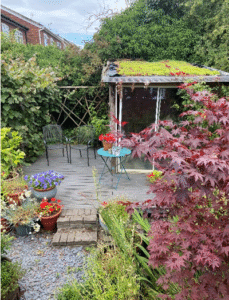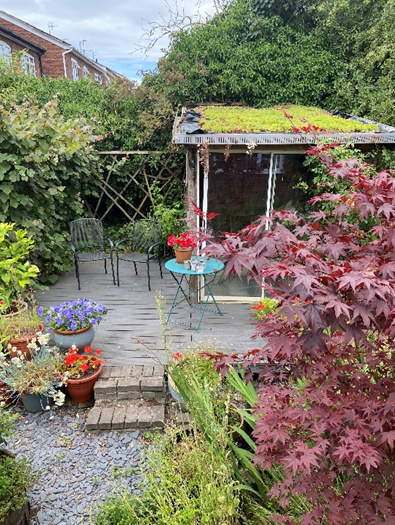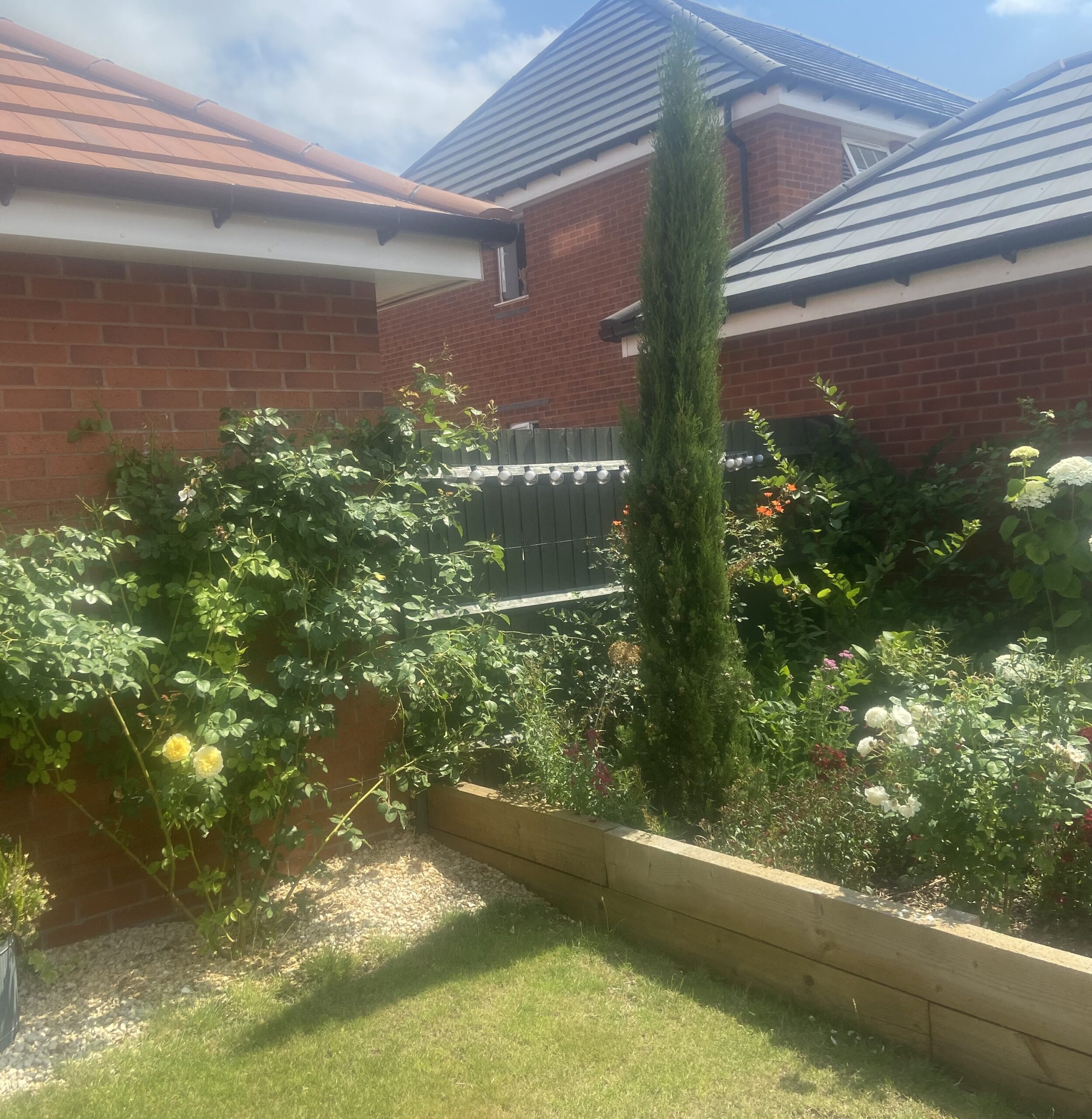Every gardener in the land is doing a rain dance inside their head, because most plants are struggling with four months of reduced rainfall. But when do we never bemoan the weather, whatever it is? Brits, even non-gardening ones, discuss the weather nonstop. If the three horsemen appeared, most would keep walking and say,
“Ah, poor horses out in the rain.”
If WW111 started, you might hear,
“I hope our boys have their scarves.”
Indeed, we conflate discussing cloud cover with the art of conversation. We moan when it rains, snows, or freezes. Then rant against heat when thermometer readings start with a two and howl at signs of strong winds. From time to time, you walk round saying, “We need rain.” Next, you rail, “It never stops raining.”
Who knew the UK enjoys a temperate climate where plants thrive? Okay, plants need water to survive, but not all plants have the same requirements. And the long, hot, dry spell offers benefits. My roses showed bigger blooms with improved colour, my grapes and figs are huge for June and I picked my first tomato on June 24th. The strawberry yield was phenomenal. You can always add water, but not take away excess rain.
Water is a precious and scarce resource, so I run a self-imposed hosepipe and sprinkler ban. I use washing up water and tea pot dregs to eke out my watering cans. At the allotment we have a dipping trough. At 68, carrying two eleven litre watering cans fifty metres ensures I use the minimum amount of water. I give one can to large plants, such as courgette, squash and loganberry, a week. Some plants I do not water at all, trusting organic mulch applied each year to help sustain tougher plants.
In the garden, saucers under pots keep water which drains through, making water applied last longer.
Other considerations are consistency. For example, I apply one can of water to two tomato plants in the greenhouse twice a week. This helps avoid split skins and blossom end rot. They are in well mulched soil, not grow bags.
So, what are you doing to ensure your plants get enough water without wasting this increasingly scarce resource? I am not technically minded enough to set up irrigation systems, but I bet some of you are. Tell me about it.
The green roof has managed with no watering.




